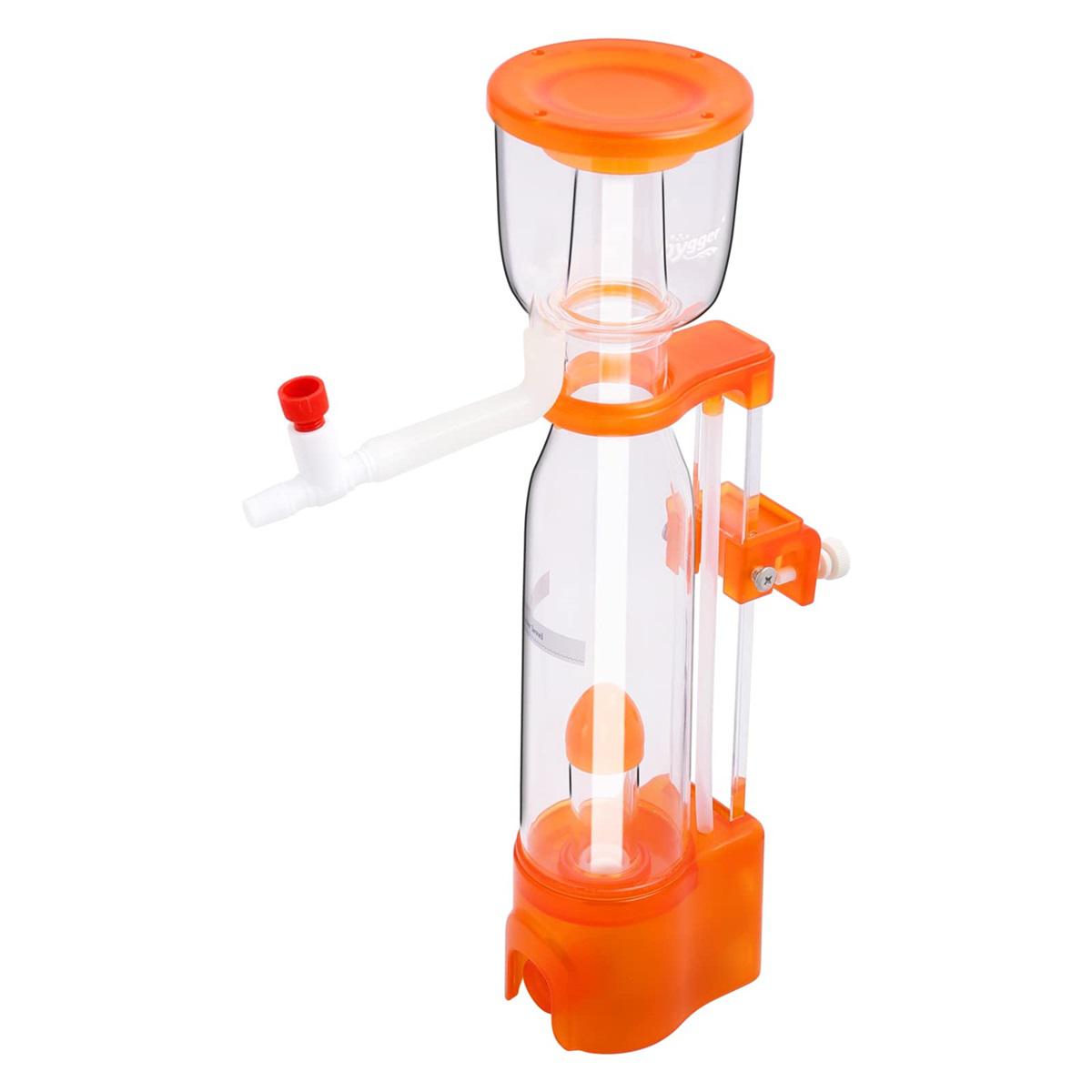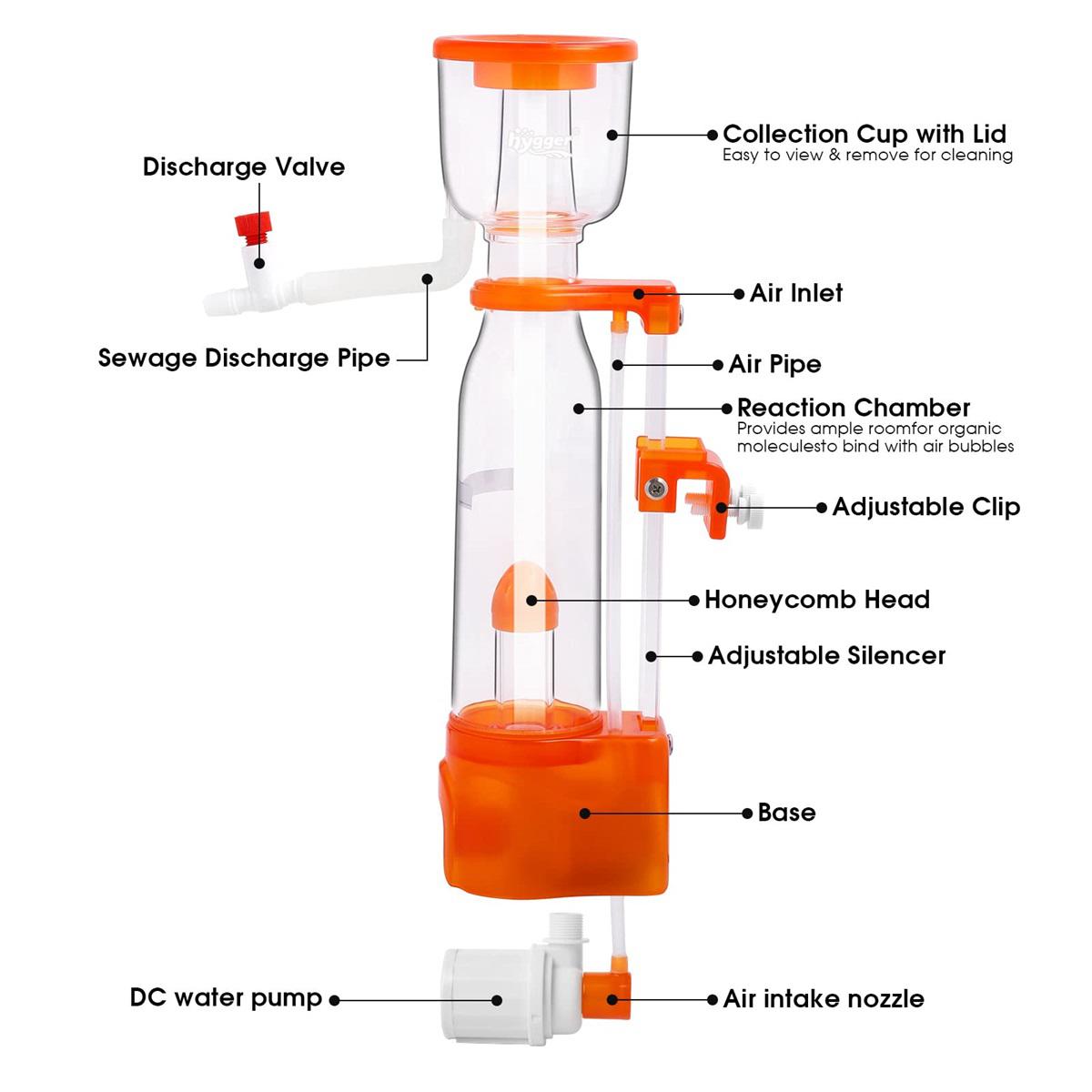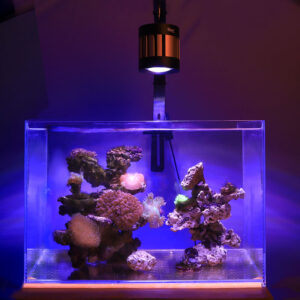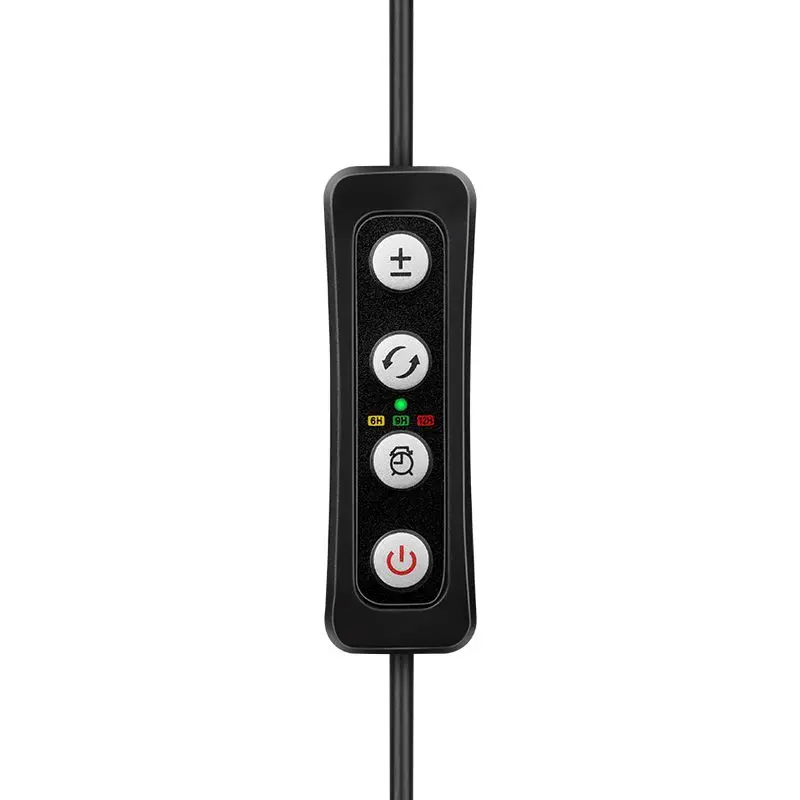Biota Yellow Tang Care Advice and Info
Yellow tang with multicolor shades are among the aquarist’s favorites. They have a unique symbiotic relationship with cleaner fish and live more in the wild than in captivity. If you are thinking of having a yellow tang and want to see them for a long time, then scroll down the page.
You’ll learn about their biota, factors affecting yellow tangs’ lifespan and size, and the difference between having a wild and a captive breed.
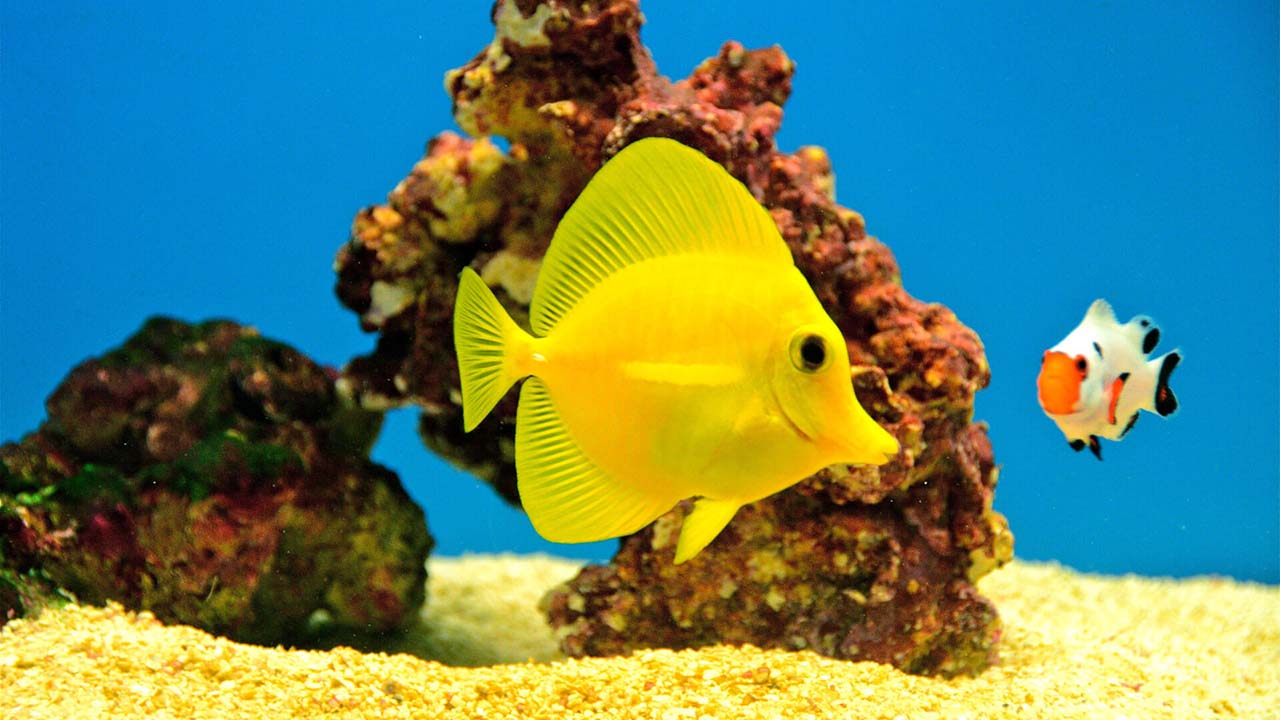
Biota Yellow Tang
Yellow tang is a beautiful bright yellow fish that usually inhabits reefs. Its appearance makes it a popular choice for aquarists. Scientifically known Zebrasoma flavescens has other common names, i.e., Pacific tang, yellow Sailfin Tangs, and Yellow Surgeonfish. They can grow up to 8 inches in the wild and live up to 30 years. Unlike that, in human care, they can only live for 5 to 10 years.
Habitat and Biota
Yellow tang is usually present near Hawaiian islands and different Indo-Pacific regions. Their habitat is around the coral reefs. Numerous invertebrates and microorganisms living around those reefs also play a pivotal role in their lives. Cleaner shrimps and fish have a symbiotic relationship with them as they remove dead skin and parasites from their bodies. They are herbivores and love to feast on several seaweeds and algae that grow in their biota.
Yellow Tang Size and Info
Here is a comparison between the wild and captive yellow tang breeds.
| Features | Captive Breed | Wild Breed |
| Color | Their yellow color becomes more vibrant with age | They have bright yellow coloration with white lines |
| Size at Buying | Juvenile | Adults |
| Acclimation Duration | Short and any method | Long and drip acclimation is suitable |
| Health Issues | Generally lesser because of the absence of stress | Higher due to fishing, transportation, and acclimation |
| Behavior | Aggressive and territorial but relatively calm | Highly aggressive and territorial |
| Suitability for the tank | Suitable regarding nature, acclimation, etc | Relatively less suitable due to nature, acclimation, etc |
| Diet | Herbivores but can feed with supplemental food | Highly herbivores |
Is the Yellow Tang Reef Safe?
Largely, yellow tangs are considered reef-safe, but some species, like blue hippo tang, would be a gamble. They become a threat when they begin to graze on the reef.
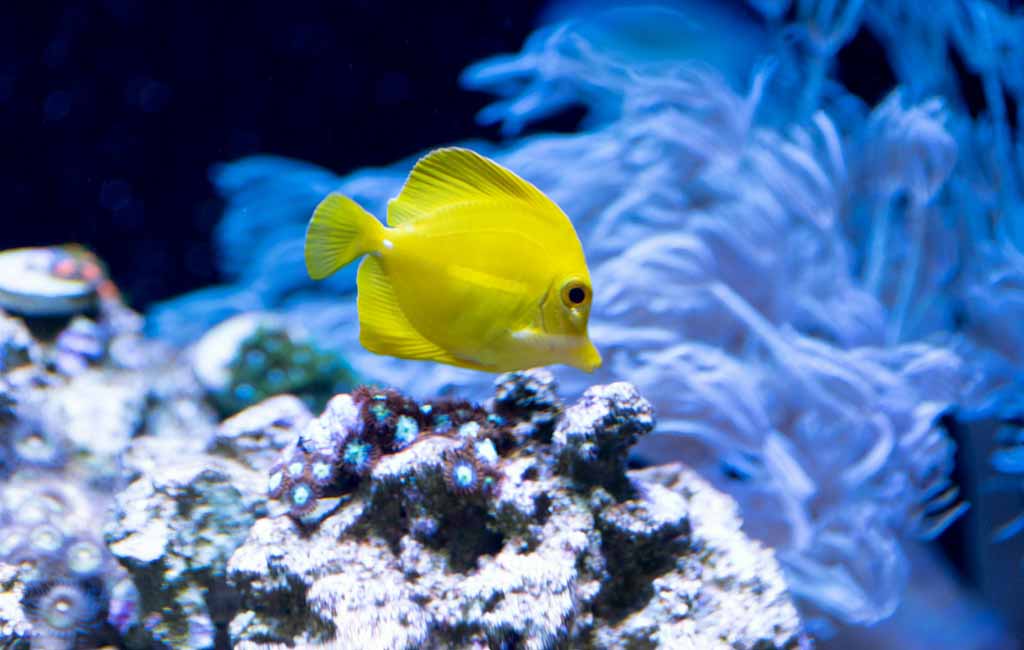
Factors Can Affect the Yellow Tang’s Lifespan
Yellow tangs are hardy. However, they live longer in the wild than in captivity. Here are some reasons that affect their life expectancy.
Water Parameters
You can make them live long by maintaining water parameters. Poor water quality parameters, i.e., high or low pH, nitrite, nitrate, temperature, etc., cause stress among the yellow tangs. Moreover, in such cases, they are also vulnerable to many diseases. Both stress and diseases shorten their life expectancy.
Companions
Peaceful and compatible companions can maximize Yellow Tang’s lifespan. They are a feast for many fish species like the large-size companions who are bullied towards these 8-inch companions. Yellow tangs feel stress, which shortens their life. Equal-size or relatively small-size companions can increase their lifespan.
Feeding
Proper feeding increases Yellow Tang’s life expectancy. They are herbivores. Therefore, it’s better to grow seaweeds and saltwater plants in a controlled manner in the tank. Other than diet, make a proper feeding routine and be strict with it by keeping variations in diet.
Tank Size
They are active swimmers. Therefore, put them in a large tank to meet their swimming quest. In a small tank, you can see the stress and weaker health. These parameters shorten their life.
Yellow Tang Care
The bright yellow inhabitants of your tank require special attention and care. Regarding care, you can split them down between wild breeds and captive breeds. Here are tips for both breeds.
Wild Yellow Tang Breeds
Wild yellow tang species require some extra attention for many reasons. Due to the changed environment and transportation, they fall into stress and other health-relevant issues. Here is a guideline for them.
Acclimation
Acclimation is the first obstacle to these breeds. Follow drip acclimation instead of floating bag or any other acclimation technique. It’s less stressful for them. Quarantine the wild breed before introducing it into your regular tank. It’ll help to avoid the Tang disease in your tank.
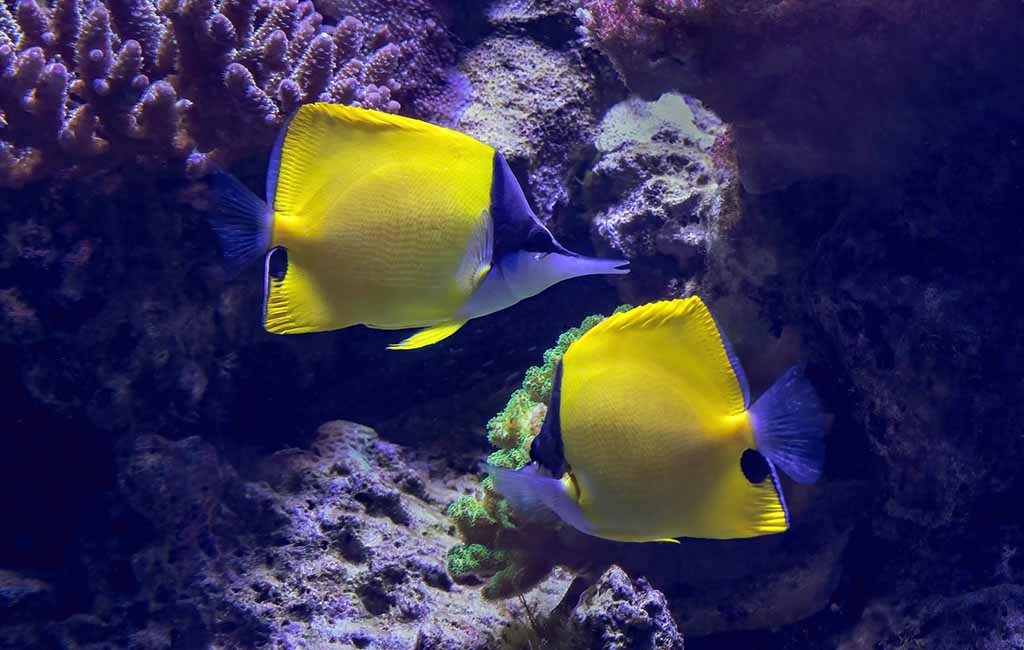
Building a Thriving Habitat
A less stressful habitat enhances Yellow Tang’s lifespan. Therefore, you need to focus on that. Here is the way to set it up. Buy a large tank, as they require more space than captive breeds. It should be a minimum 100-gallon tank. If it’s a 150-gallon or higher tank, it’ll be greater.
Use a protein skimmer along with a refugium filter to boost the filtration. In the wild, they live around the reefs. Therefore, you should introduce live rocks and other grazing spots in the tank to feel them at home. Hiding places shouldn’t be forgotten when setting up the tank. Set the water parameter as follows.
| Parameter | Value |
| pH | 8.0–8.4 |
| Temperature | 75–82°F (24–28°C) |
| Gravity | 1.020–1.026 |
| Salinity | 1.020–1.025 |
| dKH | 8–12 |
Diet
Feed them on herbivorous food. It includes algae and seaweeds, i.e., nori seaweed and spirulina flakes. Spinach and zucchini are the feeding options for Yellow Tang. Feed them in small quantities at frequent times.
Companion
Select the suitable tank mates for your yellow tang. Avoid large, aggressive, territorial companions.
Maintenance
Do a 10% water change each week for optimal water quality. Daily observe the fish and tank. If you feel any unusual signs, consult with a vet. Make a daily, bi-weekly, weekly, bi-monthly, monthly, and 3-month maintenance schedule.
Captive Yellow Tang Breeds
Captive breeds are easier to handle for aquarists than wild breeds because they don’t require acclimation.
Habitat
Unlike the wild breeds, you can keep them in 90-gallon tanks by providing swimming and hiding space. The water parameters for the captive breeds are as follows.
| Parameter | Value |
| Temperature | 72–82 °F |
| Salinity | 1.020–1.025 |
| pH | 8.1–8.4 |
| dKH | 8–12 |
| Gravity | 1.020–1.024 |
Diet
Feed them frequently, i.e., 4 times daily with herbivorous food. Their diet includes the following:
| Type | Food Item |
| Algae | Nori Spirulina |
| Fresh vegetables | Zucchini Spinach Seaweed |
| Processed food | Herbivore pellets flake foods with algae content |
Tank Mates
Don’t keep them with large, aggressive, and bullying companions. Moreover, don’t introduce same-looking fish, as they have territorial behavior.
Maintenance
Make a maintenance schedule and stick to it. Like, change about 10 to 15% water each week. If you haven’t enough time, go with a 25% water change at 2-week intervals. If you see any unusual behavior, then promptly respond to it.
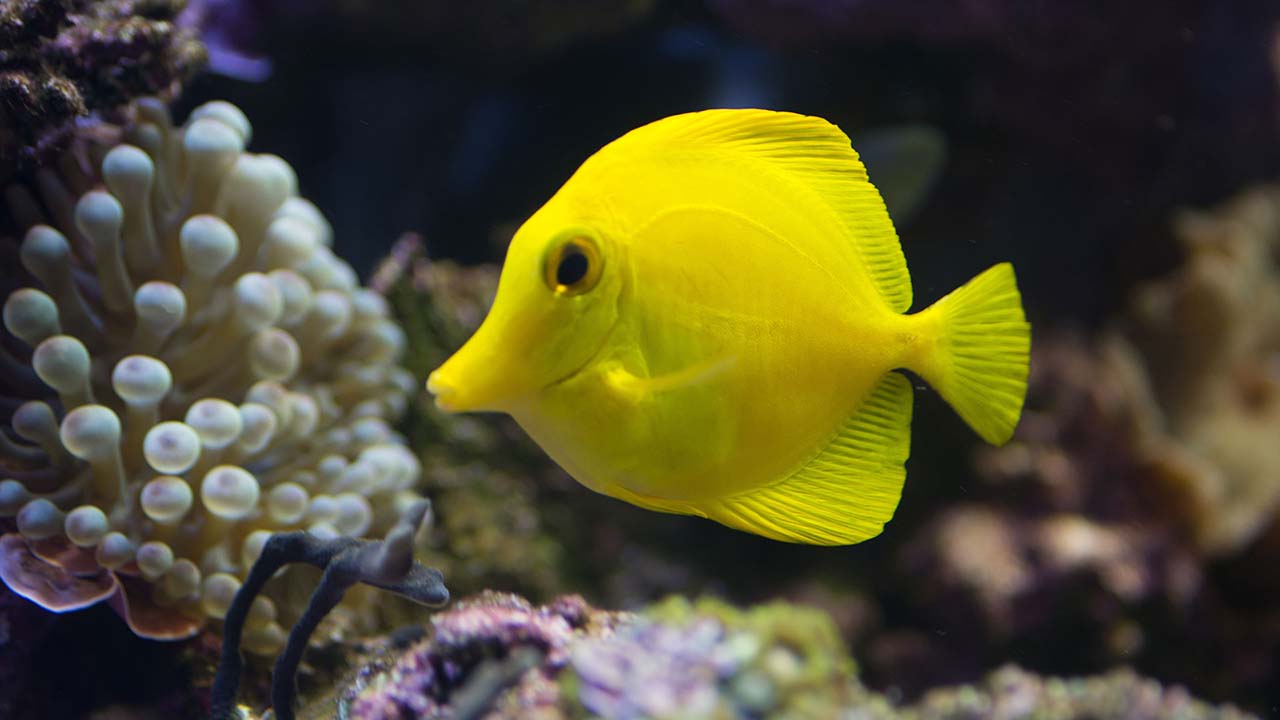
The Minimum Size Tank a Yellow Tang Needs
Yellow tang has the following life stage. They are as follows.
- Larval phase (hatching to plankton in several weeks)
- Settlement phase (Metamorphosing remains for a few weeks to several months)
- Juvenile phase (young fish remain about 1 to 2 years)
- Adult phase (fully grown in 2 to 3 years timespan)
You can easily understand they grow slowly. Therefore, you can buy two different size tanks for Tang fish in two stages, i.e., juvenile and adult. So, here is the tank size for these two stages.
| Life Stage | Tank size (Gallons) | Fish Count |
| Juvenile | At least 50 | 2–3 (schooling) |
| Adult | At least 100 | 1 (territorial) |
Final Thoughts
The vibrant yellow colors make the yellow tangs an attractive choice for most aquarists. They live near Hawaiian islands and other regions of the Indo-Pacific oceans around the coral reefs. They have a herbivorous diet and symbiotic relations with cleaner fish and shrimps. Wild breeds are relatively tougher to manage than captive breeds. You can buy different tank sizes for juveniles and adults as they take time to reach their maximum size, i.e., 8 inches.

